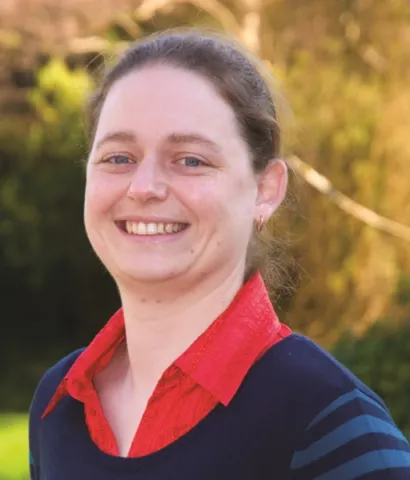Project overview
Surface moisture is a key parameter in aeolian environments because it influences aeolian sediment transport, both by increasing the wind speed threshold required to mobilise sediment, reducing surface sediment release and altering fetch length (e.g. Bauer and Davidson-Arnott, 2003; Davidson-Arnott et al., 2008). The high degree of spatial and temporal variability of surface moisture can confound traditional measurement techniques (such as soil moisture probes and gravimetric measurements (Wiggs et al., 2004; Yang and Davidson-Arnott, 2005)) that rely on ‘spot-based’ sampling. As such, in principle, synoptic remote sensing offers an attractive alternative. Recently remote sensing of surface brightness has been undertaken using video imagery (Darke et al., 2009), but while this enables surface moisture inference at a high resolution, it has a number of limitations including daylight dependent operation and inability to directly measure small changes in morphology. In contrast, terrestrial laser scanning (TLS) offers an alternative that could potentially be very powerful at capturing both the variation of surface moisture and beach morphology at high spatial and temporal resolution, and providing terrain information for sediment transport studies. Along with spatial orientation, TLS records an intensity signal for each return point, which is a function of surface properties and instrument position. Kaasalainen et al. (2009) found that saturated sand samples analysed in a controlled environment had a reduction in signal intensity of 30 to 50%. A pilot study by the PI at Ynslas, Wales before and during a rain storm indicated that the signal intensity for measured points when resampling the same area also decreased with an increase in precipitation intensity. Further work is required to investigate this relationship and potential in more detail.
Aim: Seed funding will facilitate a study which aims to investigate the ability of TLS to quantify changes in beach surface moisture, and the relationship between spatially varying surface moisture and topography.
Aim: Seed funding will facilitate a study which aims to investigate the ability of TLS to quantify changes in beach surface moisture, and the relationship between spatially varying surface moisture and topography.
Staff
Lead researchers
Research outputs
Joanna M. Nield, James King & Benjamin Jacobs,
2014, Aeolian Research, 12, 9-17
Type: article
Joanna M. Nield, Giles F.S. Wiggs & Robert S. Squirrell,
2011, Earth Surface Processes and Landforms, 36(4), 513-522
DOI: 10.1002/esp.2071
Type: article
J.M. Nield & G.F.S. Wiggs,
2011, Earth Surface Processes and Landforms, 36(2), 273-278
DOI: 10.1002/esp.2102
Type: article
